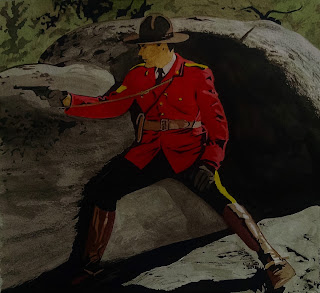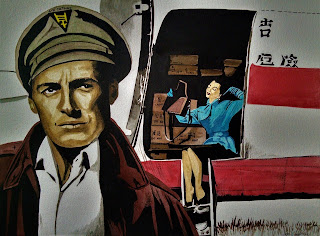
LEGENDARY HEROES #24 KING OF THE ROYAL MOUNTED "King of the Royal Mounted" was a comic strip based on a short story by Zane Grey. Grey (1872-1939) was one of the best known writers of western literature at the time. "Riders of the Purple Sage" was his bestselling book of the 90 novels that he wrote. His total book sales have surpassed 40 million copies and have been reprinted numerous times. From 1917-1926 Grey was in the top ten bestseller list nine times. When paperback books began reprinting his novels sales exploded. He was such a prolific writer that after his death in 1939 his publisher, Harper & Row, had so many manuscripts stockpiled that they were able to publish a new title every year until 1963. His books and stories were made into 112 movies and a TV series - "Dick Powell's Zane Grey Theater". And in 1935 Zane Grey was entering the comic business. While Grey's story was the inspiration, it was up to Romer Grey (Zane's



